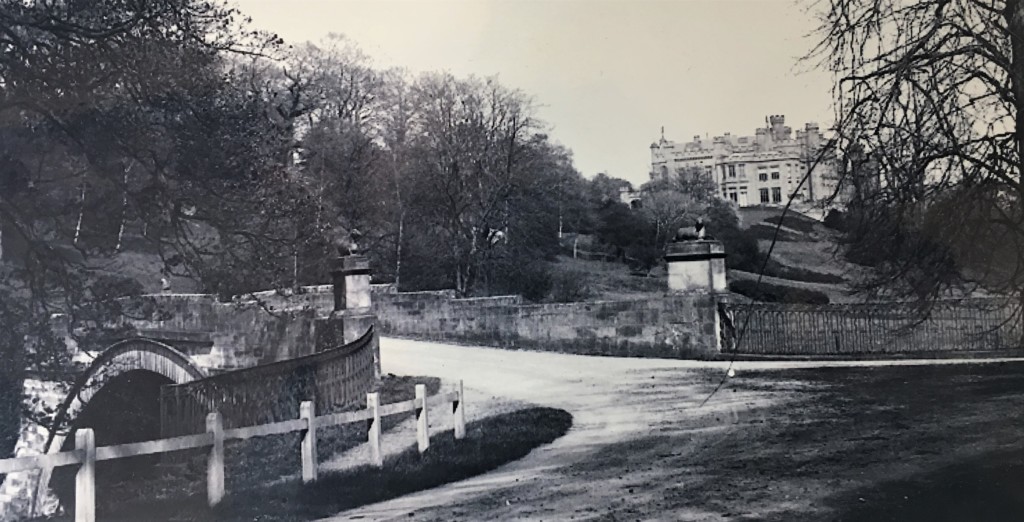History & Heritage
By way of a heritage stretching back to the 11th Century and a distinct sense of place, Lambton Park, the ancestral seat of the Earls of Durham, is one of the most intriguing historic places in the region.
The Lambton family is one of the most established in the region and the history, landscape, buildings and archaeology of the Park, capture the story of the region, which over several centuries, has gone from a largely rural landscape, to that of an environment and community dramatically reshaped by the fortunes of the region’s coal industry.
Lambton Park has been and continues to be managed as a modern Estate enterprise, with forestry, farming, residential properties and business park all key to the fabric of the landscape. A vital part of the Lambton family’s vision for the Park, is a future which combines conservation of its environment and preservation of its heritage, alongside retaining this diverse working Estate, supporting a vibrant residential and business community at its heart.
In 2015, approval was given to re-develop Lambton Park and planning consent granted for new homes, offices, retail and community space. Conservation works across the Park, to restore the heritage assets including the Castle, nearby stables and the iconic Lamb Bridge, will be funded by the development. This exciting new development will offer an extraordinary opportunity to become an integral part of a time-honoured tradition; the Estate community, on a quintessentially English country Estate.

The Creation of Lambton Park
Until the 18th Century, the area known as Lambton Park, was in fact three, individually owned, smaller Estates, each with origins dating back to the 12th Century; Lambton Hall, Harraton Hall and Biddick Estate. Sir William Lambton of Lambton Hall purchased The Biddick Estate in 1594 and in 1696 Ralph Lambton married the heiress to the Hedworth Estate and Harraton Hall, creating the Lambton Estate.

Lambton Castle & the Lamb Bridge
The Castle that exists today, had rather more humble beginnings, on the site of the former Harraton Hall, which came into the Lambton family ownership in the 17th Century. In the late 18th Century, the first Earl’s father, William Lambton, inherited the Estate and he intended to create a new grandiose family home, in conjunction with the Italian architect Joseph Bonomi, set in the same position the Hall had occupied.

The impact of the coal industry
From the Middle Ages onwards, the coal industry became increasingly important to the prosperity of the North East. In the 19th Century the first Earl developed the commercial extraction of coal in the area surrounding the Park and further into the Wear Valley.

Lambton Lion Park
Lambton Lion Park covered over 200 acres and opened to the public for the first time in July 1972. The concept was to allow visitors to have the opportunity of driving through enclosures of wild animals, living in conditions not so very different from their natural habitat.

The Next Chapter
In 2014 Alan Baxter Associated produced a Conservation Management Plan for Lambton Park. This identified in detail the condition of the Estate and priorities for future investment.

